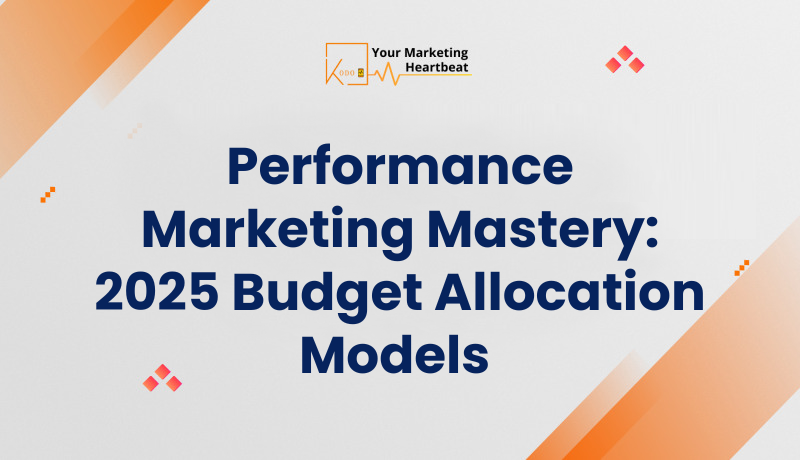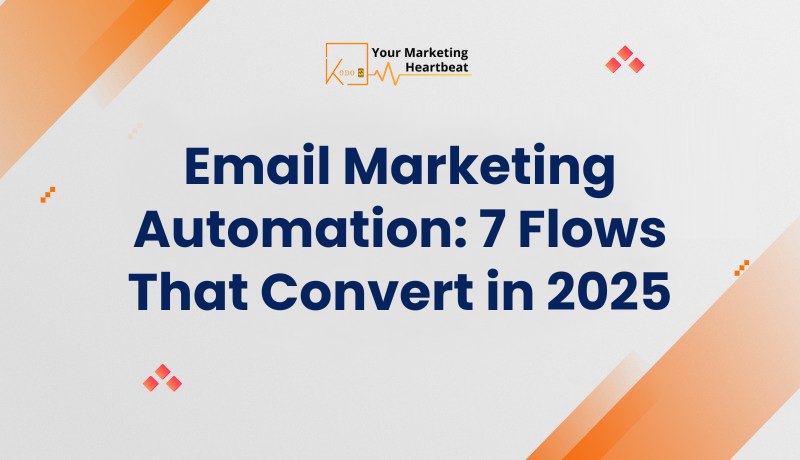
Performance Marketing Mastery: 2025 Budget Allocation Models
In the rapidly evolving landscape of digital marketing, understanding how to effectively allocate your budget is paramount for achieving optimal results. As we navigate through 2025, businesses are grappling with economic uncertainties, shifting consumer behaviors, and the ever-growing complexity of digital advertising platforms. This article delves into the various budget allocation models that can help organizations optimize their performance marketing strategies, ensuring that every dollar spent contributes to growth and profitability.

Table of Contents
- Understanding Performance Marketing
- The Importance of Budget Allocation
- Key Budget Allocation Models
- Trends Influencing Budget Allocation in 2025
- Strategies for Effective PPC Budget Management
- Leveraging AI in Budget Management
- The Role of Audience Segmentation
- Conversion Tracking Best Practices
- Cost-Per-Click (CPC) Reduction Techniques
- The Impact of Competitor Analysis
- A/B Testing for Ad Creatives
- Conclusion and Actionable Takeaways
Understanding Performance Marketing
Performance marketing refers to a digital marketing strategy where advertisers pay only for measurable results, such as clicks, conversions, or sales. This model emphasizes accountability and efficiency, making it an attractive choice for businesses looking to maximize their return on investment (ROI). By focusing on measurable outcomes, companies can ensure that their marketing efforts are directly tied to business objectives.
The Importance of Budget Allocation
Effective budget allocation is crucial for maximizing the impact of performance marketing efforts. With numerous channels and strategies available, businesses must prioritize their spending to align with their goals. A well-structured budget allows organizations to allocate resources efficiently, ensuring that they can capitalize on high-performing campaigns while minimizing waste.
Key Budget Allocation Models
3.1 Data-Driven Budgeting
Data-driven budgeting involves using historical performance data and market insights to inform budget decisions. This approach allows marketers to identify which channels and strategies yield the best results, enabling them to allocate funds more effectively. By analyzing past campaigns, businesses can make informed predictions about future performance, leading to more accurate budgeting.
3.2 Performance-Based Budgeting
In a performance-based budgeting model, funds are allocated based on the expected performance of various marketing initiatives. This approach requires a clear understanding of key performance indicators (KPIs) and the ability to measure the success of each campaign. By linking budget allocation to performance metrics, businesses can ensure that they invest in strategies that deliver tangible results.
3.3 Omnichannel Budgeting
Omnichannel budgeting recognizes the importance of a cohesive marketing strategy across multiple channels. By distributing the budget across various platforms—such as social media, search engines, and email marketing—businesses can create a unified customer experience. This approach not only enhances brand visibility but also allows for more effective audience engagement.
Trends Influencing Budget Allocation in 2025
As we move into 2025, several trends are shaping budget allocation strategies. The rise of artificial intelligence (AI) in marketing, the growing emphasis on data privacy, and the increasing importance of customer experience are just a few factors that businesses must consider when planning their budgets. Staying abreast of these trends will enable organizations to adapt their strategies and optimize their spending.
Strategies for Effective PPC Budget Management
5.1 Bid Optimization Strategies
Bid optimization is a critical component of pay-per-click (PPC) advertising. By employing advanced bidding techniques, businesses can ensure that they are not overspending on ads while still achieving desired visibility. Techniques such as manual bidding, automated bidding, and enhanced cost-per-click (eCPC) can help marketers strike the right balance between cost and performance.
5.2 Seasonal Ad Scaling
Seasonal ad scaling involves adjusting your advertising budget based on seasonal trends and events. By analyzing historical data, marketers can identify peak times for consumer engagement and allocate additional resources accordingly. This strategy ensures that businesses capitalize on high-traffic periods while maintaining efficiency throughout the year.
5.3 Automated Bidding Strategies
Automated bidding strategies leverage machine learning algorithms to optimize bids in real-time. These tools analyze various factors, such as competition and user behavior, to adjust bids dynamically. By implementing automated bidding, businesses can save time and resources while maximizing ad performance.
Leveraging AI in Budget Management
Artificial intelligence is transforming the way businesses manage their marketing budgets. By utilizing AI-driven tools, organizations can analyze vast amounts of data to identify trends, optimize spending, and predict future performance. AI can also assist in automating repetitive tasks, allowing marketing teams to focus on strategic decision-making.
The Role of Audience Segmentation
Audience segmentation is crucial for effective budget allocation. By dividing the target audience into distinct groups based on demographics, behavior, and preferences, businesses can tailor their marketing efforts to resonate with specific segments. This targeted approach not only enhances engagement but also ensures that budgets are allocated to the most promising opportunities.
Conversion Tracking Best Practices
To maximize the effectiveness of performance marketing, businesses must implement robust conversion tracking practices. This involves setting up tracking mechanisms to monitor key actions taken by users, such as purchases or sign-ups. By analyzing conversion data, organizations can identify which campaigns are driving results and adjust their budgets accordingly.
Cost-Per-Click (CPC) Reduction Techniques
Reducing cost-per-click is vital for optimizing PPC campaigns. Strategies such as improving ad relevance, enhancing landing page experiences, and utilizing negative keywords can help decrease CPC while maintaining ad effectiveness. By focusing on these techniques, businesses can stretch their budgets further and achieve better results.
The Impact of Competitor Analysis
Competitor analysis plays a significant role in budget allocation decisions. By assessing competitors’ strategies, businesses can identify gaps in the market and opportunities for differentiation. This insight allows organizations to allocate budgets strategically, ensuring they are well-positioned to compete effectively.
A/B Testing for Ad Creatives
A/B testing is an invaluable tool for optimizing ad creatives. By comparing different versions of ads, marketers can identify which elements resonate most with their audience. This iterative process not only enhances ad performance but also informs future budget allocation decisions based on proven success.
Conclusion and Actionable Takeaways
As we progress through 2025, mastering budget allocation models will be crucial for businesses aiming to optimize their performance marketing strategies. By adopting data-driven, performance-based, and omnichannel approaches, organizations can ensure that their marketing budgets are aligned with their goals.
Actionable Takeaways:
- Embrace Data-Driven Decision Making: Leverage historical performance data to inform budget allocation.
- Implement Bid Optimization: Utilize advanced bidding strategies to maximize ad performance while controlling costs.
- Focus on Audience Segmentation: Tailor marketing efforts to specific audience segments for improved engagement.
- Utilize A/B Testing: Continuously test ad creatives to identify high-performing elements and refine strategies.
By integrating these strategies into their marketing budgets, businesses can navigate the complexities of the digital landscape, drive growth, and achieve sustainable success in 2025 and beyond.



